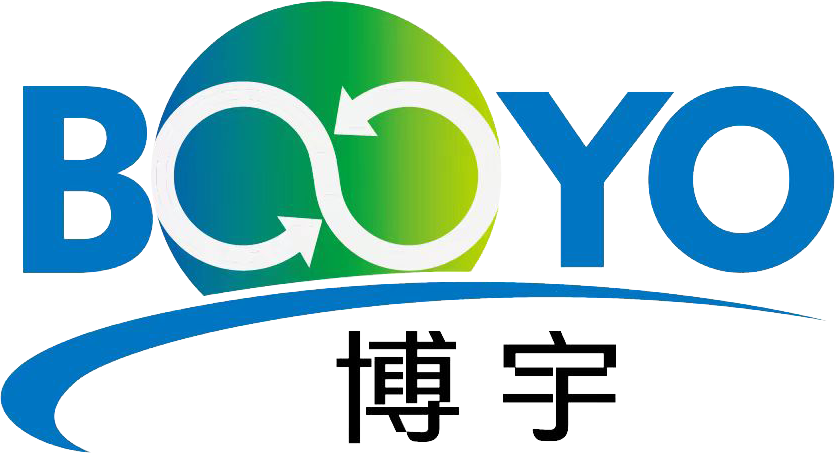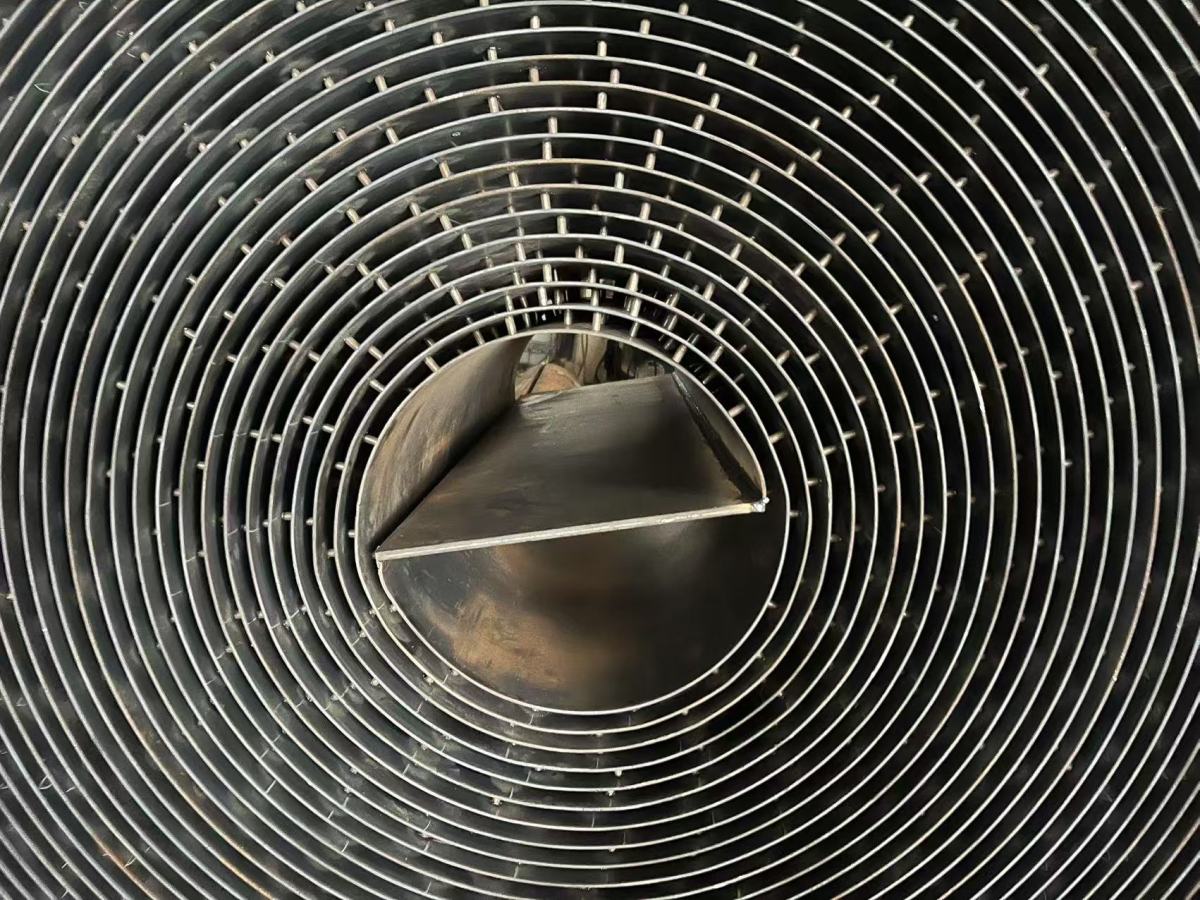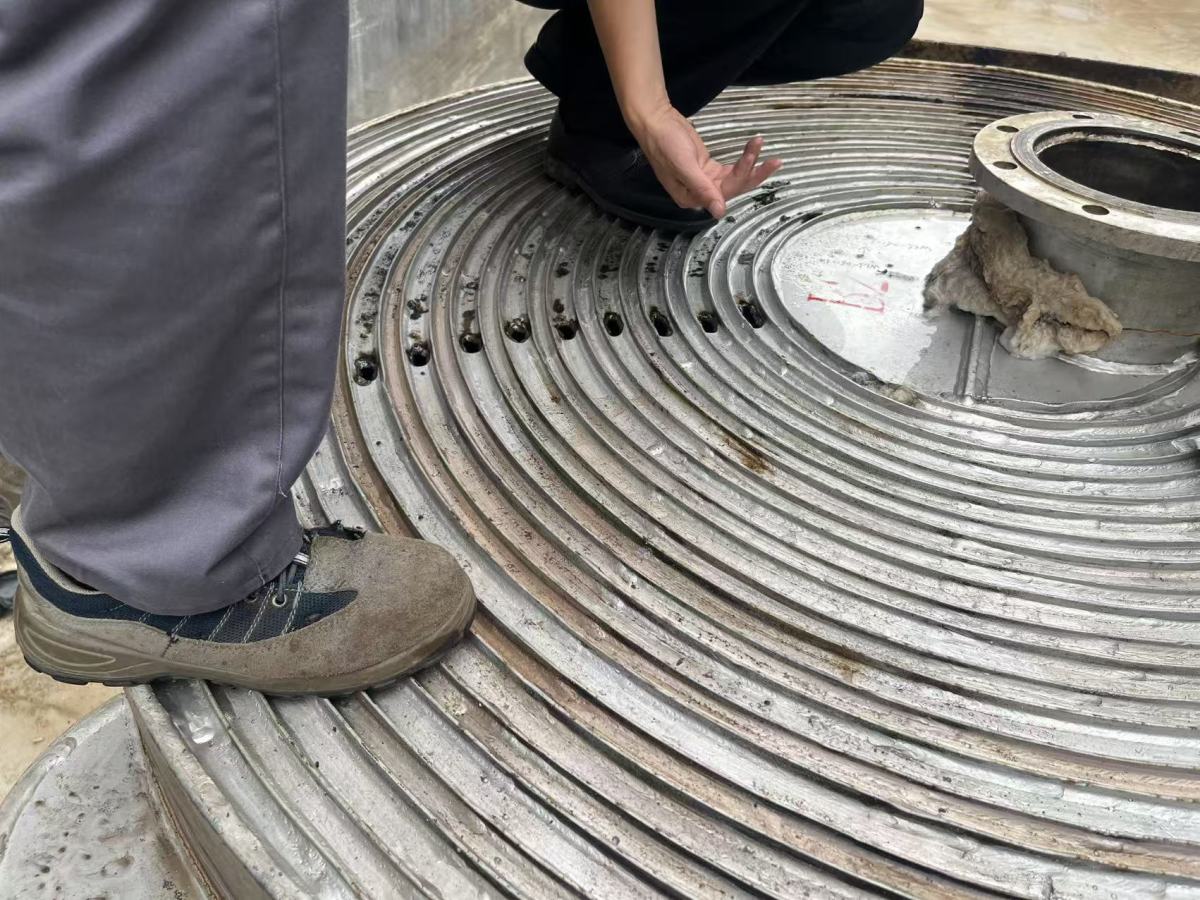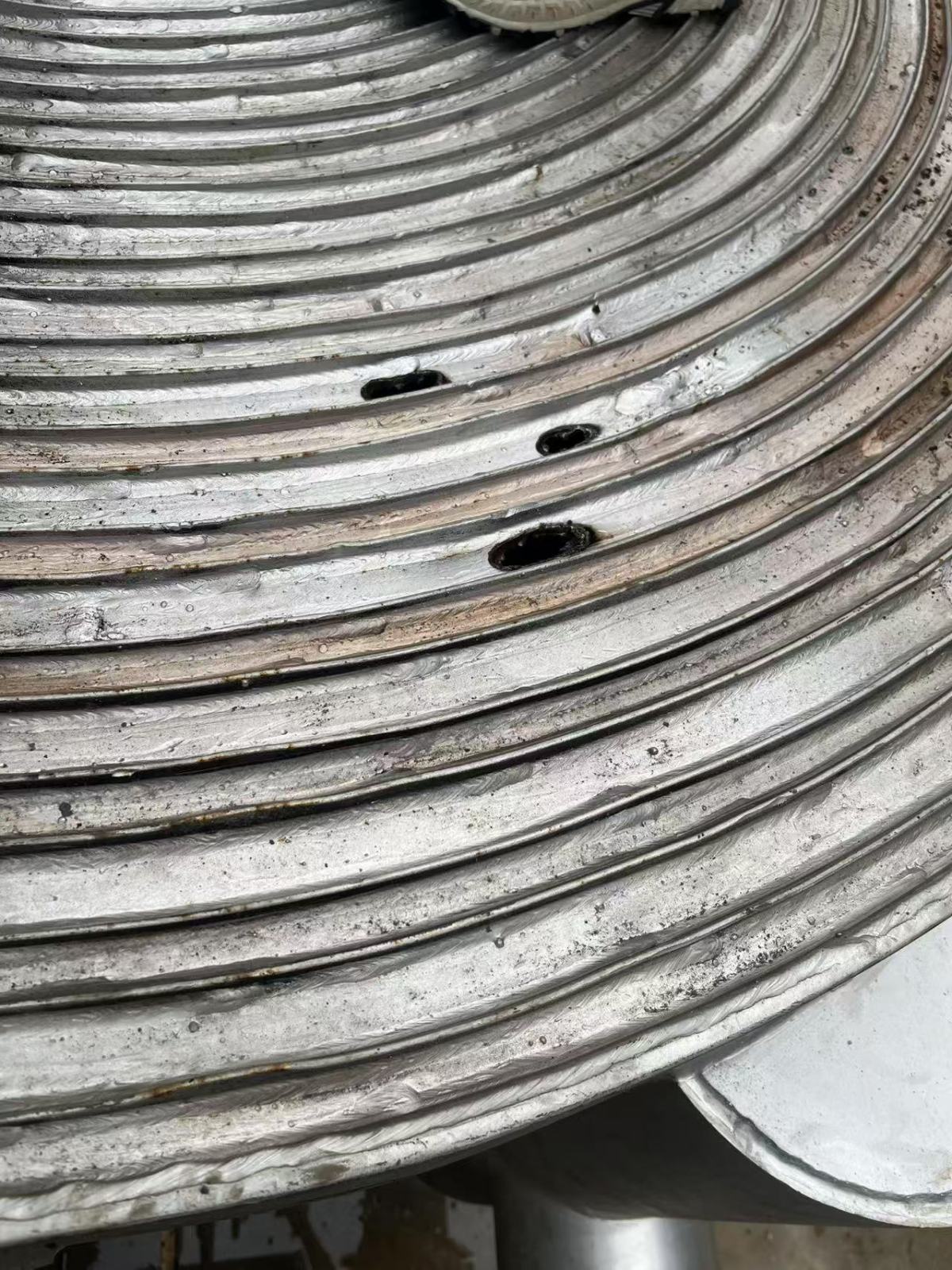
Our News
Find out about our latest news here.
Latest News
- ▶ High-Efficiency Surface Condenser Solutions:
- ▶ Health, Safety and Environment (HSE) Policy
- ▶ Conflict-of-Interest Policy
- ▶ Can a Welded Spiral Heat Exchanger Solve Fouling and Blockage Problems?
- ▶ Anti-Bribery and Corruption (ABC) Compliance Policy
- ▶ The Critical Role and Application of Heat Exchangers in the Natural Gas Treating Process
Message

1. Daily Maintenance Essentials
1.1 Monitor Operating Parameters
Regularly record key operational data such as inlet/outlet temperatures, pressure, pressure drop, and flow rate. If you observe a sharp increase in pressure drop or a decline in heat exchange efficiency, internal blockage or leakage may be the cause and should be investigated immediately.
1.2 Maintain Equipment Cleanliness
Ensure the surrounding area of the heat exchanger is clean and free of dust and oil buildup. This helps prevent corrosion and heat loss from external surfaces.
1.3 Implement Anti-Corrosion and Anti-Fouling Measures
Based on the nature of the process media, select appropriate materials and consider adding chemical inhibitors. Pretreating the media may also help reduce impurities and suspended solids that could clog the heat exchanger channels.
2. Typical Factory Repair Case Study
In actual operations, when a non-detachable spiral plate heat exchanger experiences internal blockage or leakage, it often requires being returned to the factory and opened by cutting the welded seals. The following case describes a SPHE used for heat exchange between lean oil and circulating water that was returned for inspection shortly after commissioning.
The unit was part of a newly constructed project and had been in operation for a short period when it began to show reduced heat transfer performance. Eventually, the system could no longer reach the desired temperature. A hydrostatic pressure test was performed, and it was found that water could not enter the heat exchanger from the circulating water side, suggesting a possible internal blockage or leakage.
Since the equipment was of a non-detachable design, factory personnel cut open the welded enclosure using plasma cutting tools. Upon inspection, they found that the circulating water flow channels were severely blocked, with large amounts of rust, welding slag, and sediment accumulated inside the spiral path. This blockage prevented water from entering and ultimately caused internal leakage.
Case Analysis: This heat exchanger was part of a new project. Based on the observed debris and buildup inside the unit, the primary cause was identified as incomplete cleaning of the piping system before commissioning. Residual welding slag and dirt from the pipeline entered the SPHE during the initial startup, leading to early clogging and pressure failure. Although not a manufacturing defect, such issues significantly impact early-stage performance and pose a risk of internal damage.

Factory Return of a Non-Detachable Spiral Plate Heat Exchanger – Internal blockage visible after cutting open the weld seam.
This case highlights the importance of proper pre-operational flushing and cleaning of the piping system before introducing a new heat exchanger into service. It also emphasizes the risk of using non-detachable equipment, where internal failures are difficult and costly to repair. For such systems, it is recommended to install filtration units during startup and perform frequent monitoring of pressure and flow to detect early signs of fouling.
3. Common Faults and Troubleshooting
4. Recommended Maintenance Schedule

5. Maintenance Best Practices
5.1 Establish Maintenance Records
Maintain detailed logs of all inspection, cleaning, and part replacement activities. This supports traceability and early diagnosis of recurring issues.
5.2 Use Inlet Filtration
Install filters or strainers on the fluid inlet side to reduce the entry of large particles, welding slag, or debris into the spiral channels.
5.3 Prefer Detachable Structures (if applicable)
Where possible, use detachable or semi-detachable designs for easier internal access and maintenance.
5.4 Select Cleaning Methods Carefully
Chemical Cleaning: Use acid or alkaline cleaning solutions compatible with the exchanger’s materials to dissolve scale or organic residue.
Mechanical Cleaning: Employ high-pressure water jets or manual brushing to remove stubborn fouling.
Important: Always evaluate chemical compatibility and follow safety procedures during maintenance.
Conclusion
Spiral plate heat exchangers are highly efficient and reliable under proper operating conditions. However, as shown in the case study, even new equipment can suffer from early failure if upstream systems are not properly flushed and cleaned. To maximize the lifespan and performance of SPHEs, it is essential to perform thorough inspections, preventive cleaning, and documentation of every maintenance step.
For professional support, technical consultation, or repair services, please contact:
Shandong Boyu Heavy Industry Technology Group Co., Ltd. (Boyu Industry)
Certified pressure vessel manufacturer specializing in heat exchange solutions.
PROFESSIONAL CONSULTATION
If you are interested in our products and want to know more details, please leave a message here, we will reply you as soon as we can.